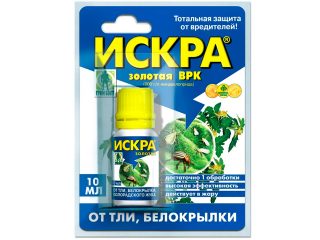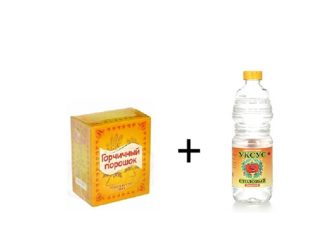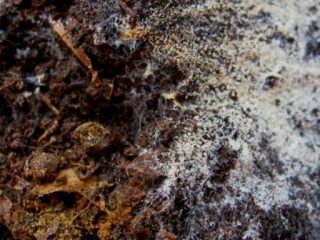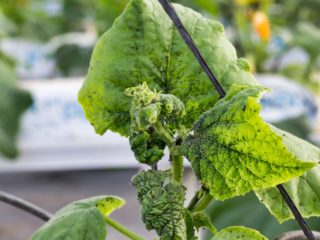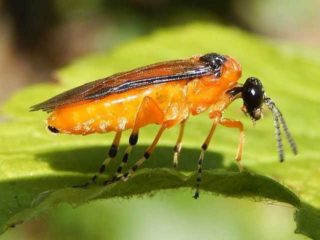Content
Ant boric acid is the most popular pest control agent in your home and garden. The use of this substance is safe enough for children and animals. But you should also not leave the drug unattended in the area where the child or pet is walking. With a relatively low toxicity of the drug, they can be poisoned: a lethal dose for children is 5 g, for adults - 20 g.
The most popular acid in the fight against indoor and garden ants. There are many recipes for poisonous baits using this substance.
Why is the appearance of ants in the house or on the site dangerous?
It is difficult to say whether these insects should be considered pests or useful inhabitants of gardens and vegetable gardens. It may turn out that the benefits of ants in the country outweigh the harm they bring. But in the house, they definitely become pests.
In search of food, workers are taken everywhere: from a trash can to a loaf of bread sealed in polyethylene. Where there is no hole, there they gnaw it. Moving from garbage to food, ants carry pathogenic bacteria on their paws. Since foragers run not only around the house, but also along the street, they can bring eggs of worms onto prepared food.
Indoor ant control is really necessary. But the use of strong insecticides can be dangerous for the inhabitants of the house, therefore, "folk" remedies are often used to destroy pests. Often they are not poisonous at all: aromatic oils. But they can also be slightly toxic, like drugs with boron.
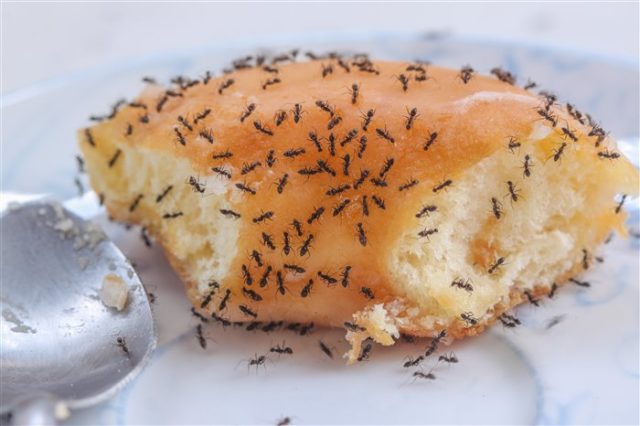
Ants occupying bread are unlikely to evoke positive emotions
What is boric acid
Substance with a very wide range of applications. It is found naturally in the mineral sassolin and mineral water. Also obtained chemically. The drug obtained through industrial production is chemically pure. It can be bought in pharmacies. Acid is used:
- in various types of industry: from food to foundry and chemical;
- at home;
- as fertilizer;
- in nuclear power.
At home, the drug is used not only as a poison for insects, but also as a disinfectant. In medical institutions, it was abandoned due to its too weak effect on microorganisms.To kill microbes, the concentration of the solution must be much higher than when using potassium permanganate or carbolic acid. But due to the lack of smell, the substance is sometimes continued to be used for disinfecting households or killing insects.
Due to its potential to accumulate, the drug was banned for use as an aseptic agent for pregnant women and infants. Most often, this remedy is used in the home to get rid of ants and cockroaches, and you need to make sure that the bait is not eaten by pets.
How boric acid works on ants
For insects, it is a poison of intestinal action. Although, how realistic it is to get rid of ants with boric acid is a moot point. In theory, the insect eats the poisoned bait and dies. For a single copy, this is ideal. But an ant colony can number tens of thousands of individuals. And the question is not even the number of foragers, although this is also important.
High fertility - protection of all species belonging to the Formicidae family from natural enemies. The female easily restores the thinned livestock of foragers. To poison an ant colony with boric acid, it will have to be used in baits all the time throughout the warm season. It is necessary for the poison to “reach” the fertile female. At the dacha, everything is simpler: the poison can be laid out right next to the entrance to the anthill. Then there is a better chance that foragers will drag the bait inside. Due to the long duration of the action, the effect of using the poison can only be felt the next year.
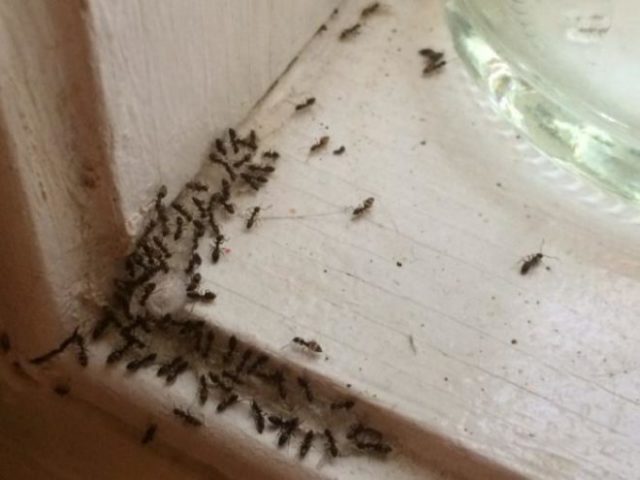
The baits should be placed in places where ants congregate and along their paths.
What boric acid is used for baiting ants
The drug is poorly soluble in water. Therefore, no aqueous solution is produced. On sale, you can usually find two forms of the substance: powder and boric alcohol. The latter is based on 70% ethanol. The alcoholic solution can be in a concentration of 0.5 to 5%. It is used as an antipruritic and aseptic agent, as well as ear drops.
It is theoretically possible to use an alcoholic solution of boric acid from ants, since ethanol evaporates quickly. But we must remember that it is ethyl alcohol that is one of the folk remedies that repel insects. For ants, boric acid is more convenient to use in powder form. You can be sure that the smell of alcohol will not scare away insects from the bait.
Which ants are boric acid used against?
Most ant species are omnivores. This means that they eat whatever food they can find. Boron preparations can be used against each of these species. But in the same way, most ants hardly come into contact with people. Pests against which it is necessary to use the poison, usually 2 varieties: red home and garden black.
Redheads
The house can be inhabited by 2 species of small brown ants. But one of them in the north can only live at home. This is an ant that has already set the pharaohs on edge. Synonyms for the name are ship and home. Scientists claim that these insects are native to North Africa and the adjacent Mediterranean. Thanks to the trade communication and the penchant for living next to the people of the pharaohs, the ant settled all over the planet. But in the northern regions in nature, he cannot live.
In Russia, the ship ant settles only in dwellings. This species builds diffuse nests: several foci with females, connected by passages. The size of individuals is 2-4 mm. This allows them to penetrate the narrowest crevices. It is very difficult to remove pests with local means like boron preparations. Disinsection of the entire structure is required at once.
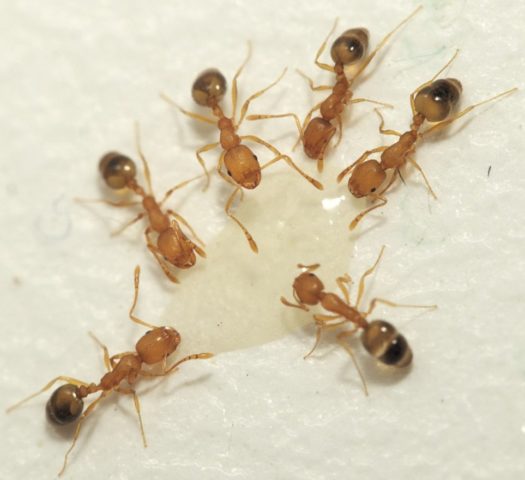
If a pharaoh ant settled in an apartment building, the fight against it is almost hopeless, or you will have to “feed” the insects for a long time in the hope that all the females will die almost at the same time
Pharaoh ants can be made with sweet syrup with boric acid, but it is unlikely that you can get rid of them in this way.
There is also another species of red ants in southern European regions. They successfully combine the functions of domestic and garden pests. This species can be found in the trees where they breed aphids. They also often enter homes. Before the introduction of the pharaoh ant, they were the main parasites in the house.
These red ants differ from ship ants in a shorter body, the ability to move quickly and a pointed rear tip of the abdomen. The sizes of the two types of pests are approximately the same. But the Europeans do not build diffuse anthills, it is easier to get rid of them.
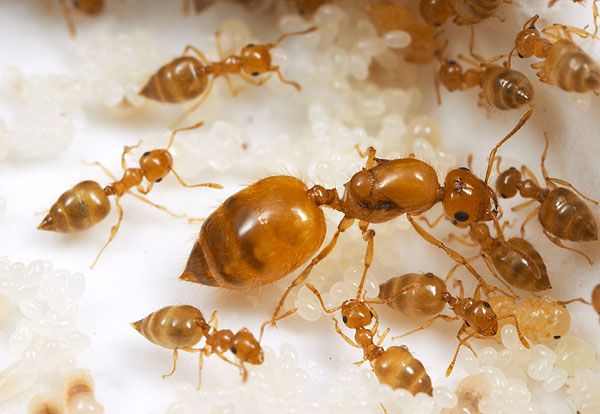
South European small ants successfully displaced large black lazius from gardens
Garden black
The most common species in Central Russia. The scientific name is black lazius. Gardeners are often referred to simply as garden black. The color of workers is from dark brown to black. Foragers size 3-5 mm, females up to 11 mm. They move slowly.
The main occupation is “cattle breeding”. Because of this, the house can only be accidentally, if brought from the dacha along with the plants. They prefer gardens where aphids are bred on trees for the sake of the fall. An anthill is a small mound next to a burrow leading into the soil. They can live in rotten stumps and tree trunks.
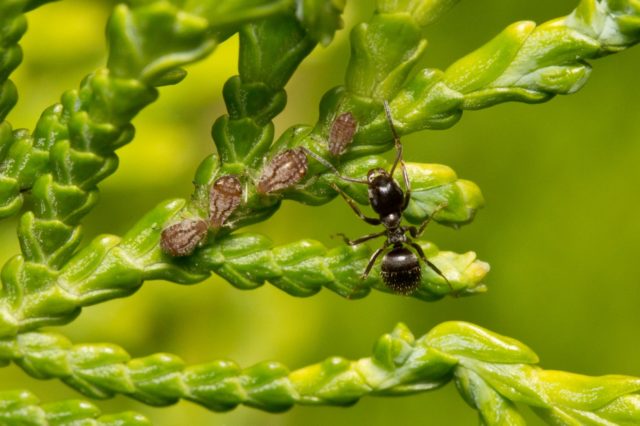
Black lazius often lives with its "cows" on a thuja branch
Ways to use boric acid from ants
It is most advisable to use the acid in the form of a powder. Some gardeners use boric alcohol. But, in addition to the unpleasant smell of alcohol for ants, the concentration of the poisonous agent is too low. The active ingredient in the acid is boron. It contains 17% of the powder. In an alcoholic solution, the boron content is negligible.
It is most convenient to use powder. If necessary, it can be diluted in a liquid bait or made "dry". Almost all recipes for boric acid poison from ants in the garden involve diluting the powder in a sweet liquid. This is justified, given that black lazius prefers to eat carbohydrates. In the house against omnivorous domestic ants, it is more advisable to use "dry" baits based on yolk, minced meat or potatoes. This is especially important if pharaoh ants have settled.
The foragers will carry the "dry" poison to the nest, where they will poison the female. When eating liquid bait, only workers will die. The latter is convenient when you only need to control the population size in the garden, but there is no goal to exterminate the anthill.
How to dissolve boric acid from ants
There are no special tricks in preparing the bait. It is believed that this substance is poorly soluble in water, therefore, alcohol solutions are used in pharmacology. But in everyday life, the powder is "dissolved" in water. Better hot. There is no particular problem with this. "Dry" baits do not provide for the dissolution of crystals at all. Therefore, to dilute boric acid in water, it is enough to pour the contents of the package into water at a temperature of about 60 ° C and stir.
How to make boric acid with sugar from ants
The sugar and boric acid liquid ant antiserum is very popular among gardeners due to its availability. To prepare the bait, it is enough to take 2 tbsp. l. sugar and a 10-gram package of acid powder. The solution will require a glass of hot water. Sugar and powder are poured into it. Stir until the crystals are completely dissolved.The finished product is poured into small containers and placed in the right places.
Ant yolk boric acid recipe
At home, it is popular to use poisoned bait with boric acid and eggs from ants. To prepare it, you will need 3 hard-boiled yolks and ½ tsp. acid. The yolks are ground, mixed with powder and the bait is laid on the path of the ants.
Boric acid poison for ants with honey or jam
If you have liquid jam or honey, no water is required. It is enough to add a sachet of powder to ½ cup of sweet thick liquid and stir. Then pour the mixture into a low bowl and place it near the anthill in the garden. To get rid of insects in the house, the bait is poured into lids from cans and bottles and placed on ant paths.
Boric acid ant bait with minced meat
When making meat bait from ants, the proportions of boric acid to minced meat are 1: 4. Mix everything well and lay out on ant paths. This bait can be made to destroy pests in living quarters. It is necessary to change it every 2 days, as the meat either dries out or goes rancid. If there are pets in the house, this type of poison cannot be used.
Boric Acid Yeast Ant Remedy
It is not entirely clear why yeast is needed in the recipe for such baits in the presence of jam or sugar. But there are instructions:
- pour 1 tbsp. l. yeast 3 tbsp. l. warm water;
- add 1 tbsp. l. jam and 15-20 g of boric acid;
- Mix everything well, pour a little into shallow containers and place next to the ant paths.
The container should be large enough in diameter so that the fermented mass does not overflow.
Ant bait recipe with boric acid and glycerin
Glycerin is mixed as one of the ingredients in any of the baits to slow down drying. Its addition is relevant for poisoning based on egg yolk, potatoes or meat. Can also be added to liquid baits.
One of the recipes:
- 2 tbsp. l. water and glycerin;
- 3 tbsp. l. Sahara;
- 2 tsp honey;
- 1 tsp acid.
Mix all ingredients and heat over low heat until sugar is completely dissolved. Pour into shallow containers. Place them next to the ants.
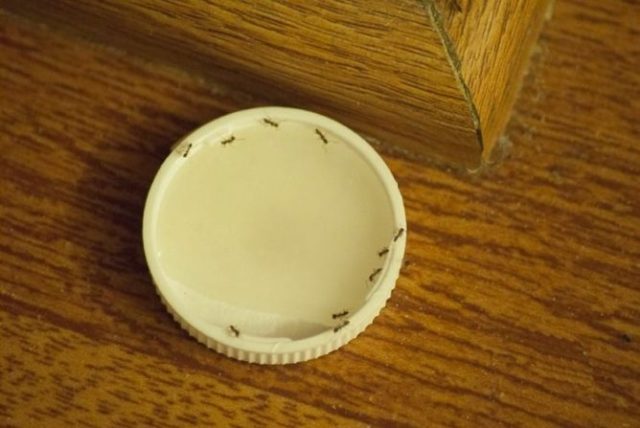
Pour the syrup into a shallow dish
Ant trap recipe with boric acid, yolk and potatoes
Potato balls with boric acid added from ants are one of the most common traps. Only potatoes can be used as the basis for this bait, but it is more effective to make a poison with several ingredients:
- potatoes;
- egg yolk;
- vegetable oil / butter or glycerin.
To make the bait, take 2 tbsp. l. mashed potatoes and 3 yolks. All are kneaded into a homogeneous mass. Add 1 tbsp. l. sugar and a bag of acid. Stir. Pour in 1 tbsp. l. vegetable or melted butter. All are well kneaded and sculpted into balls.
Oil is needed to prevent the bait from drying out. The advantage of creamy is that it itself can attract ants with its smell. But if necessary, the oil can be replaced with glycerin.
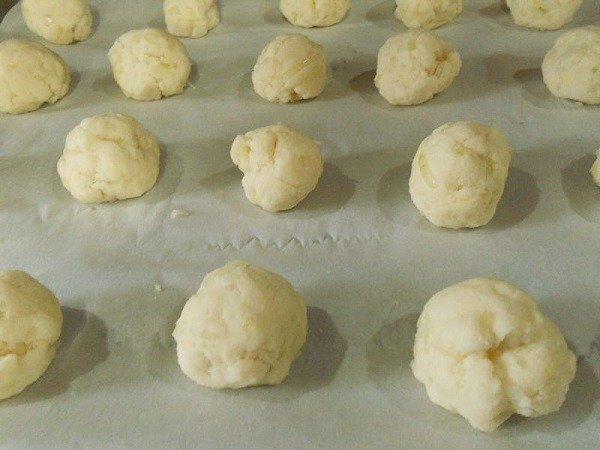
Potato balls are laid out near ant trails and habitats
Dry ant traps with boric acid for the garden
Dry traps are used only on the territory of the garden and vegetable garden. Their main disadvantage is the need for frequent repetition of the procedure. The main ingredients of such baits are dusty products: flour, soda or ash. On the street, the poison is scattered near the anthill, but in the house dry dust will scatter everywhere. Since the traps contain a preparation containing boron, this “house dust” can be hazardous to health.
How to poison ants with boric acid in cornmeal
Maize attracts ants by smell alone.But if they gnaw holes in the grains, then the flour can be eaten in a ready-made form. How dangerous such a “dish” is for ants is a moot point. In theory, flour should swell in the insect's intestines and kill it.
In practice, it's better to play it safe. The chances of dying from overeating are much less than 50%. But you can guarantee that after running through the flour, the ant will stain the bristles and will be forced to clean them. When using a mixture of cornmeal and acid, the latter will most likely end up on the insect's body as well. When cleansed, it will inevitably swallow a dose of poison.
10 g of acid is added to 100 g of corn flour and the mixture is scattered near the nest. The procedure must be repeated at least 1 time in 2 days: the flour swells with dew and loses its “killer” properties.
Ant bait with boric acid, powdered sugar and rice flour
Almost analogous to the previous recipe, but instead of corn flour, rice flour is used. Powdered sugar is also added to the mixture. It is very hygroscopic and easily adheres to insect chitin. As long as the powder is dry, the ants can transfer it to the nest. Sometimes baking soda is also mixed here. The application of the mixture is the same as in the previous recipe.

An ant caught in the "dust" will have to cleanse the body and will inevitably swallow the poison
How to poison ants with boric acid and soda
A fairly simple way to prepare poison for garden ants. Mix 100 g of baking soda with a sachet of acid. Spread the powder on the anthill. Drizzle with water to better contact the chemicals with the soil.
A mixture of boric acid with ant ash
An analogue of the previous recipe, but wood ash is used as an alkali. For 1 kg of ash, 30 g of acid is required. The application is the same as in the previous method. You do not need to pour water, but wait for the rain and sprinkle the mixture directly in front of it.
Security measures
Any substance with boron, though weak, is poison. When using it, you must observe the following precautions:
- store out of the reach of children;
- do not use where the bait can be swallowed by animals;
- if powder gets into your eyes, rinse them with cold water;
- make sure that the drug does not come into contact with food.
Poisoning in humans can occur only with the purposeful use of the drug: systematic little by little or one-time in a large dose.
Symptoms depend on the way the acid enters the body.
If in contact with the skin, the substance can cause eczema, epidermal exfoliation and total or partial hair loss. In case of poisoning through the gastrointestinal tract, the symptoms are manifold:
- nausea;
- pain in the stomach;
- vomiting;
- tachycardia;
- drop in blood pressure;
- convulsions;
- psychomotor agitation;
- anemia;
- disruption of the brain;
- others.
There is no specific treatment. Shows the lavage of the stomach and mucous membranes with a 4% solution of baking soda.
Conclusion
Boric acid from ants is a very popular folk remedy. But its effectiveness is greatly exaggerated. If the poison did not enter the nest and was not fed to the female, the number of worker ants does not decrease. Or decreases slightly.
